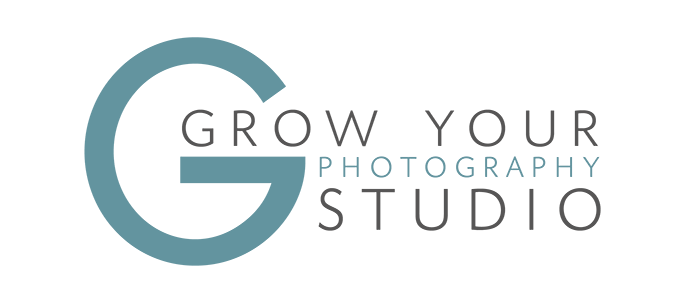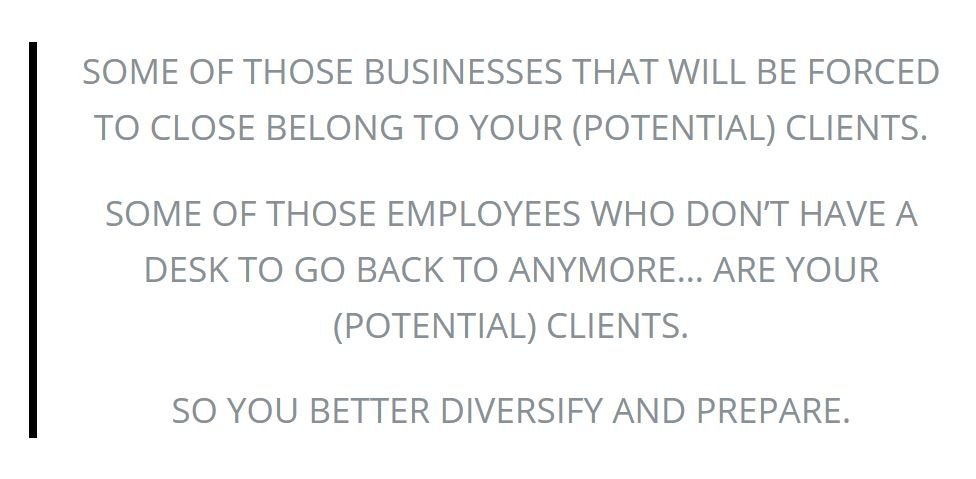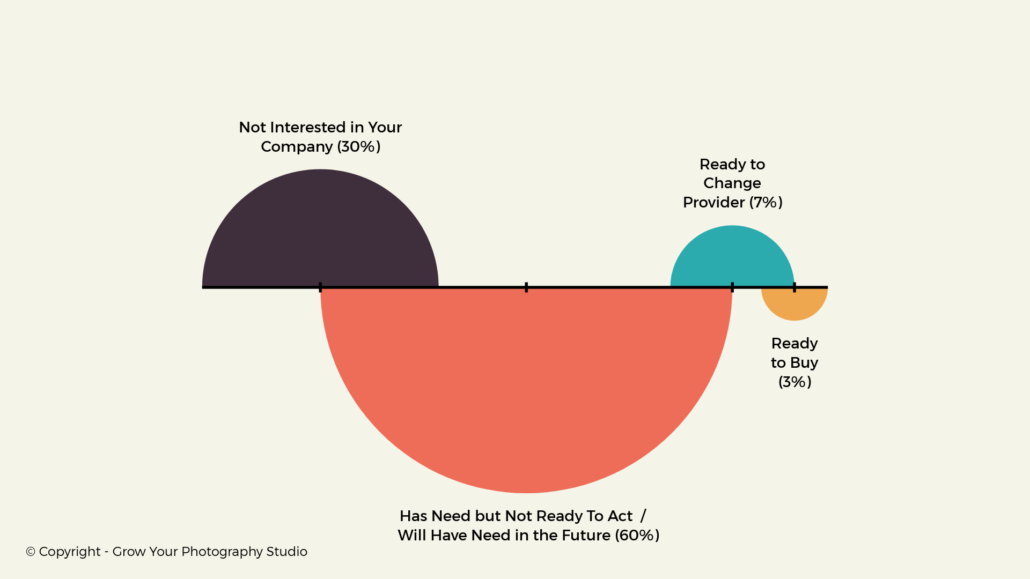Some days it seems like our entire life depends on making “the right decision”: the success of our studio, our next sale, being happy, healthy, and even being in the “right” relationship.
From the moment we wake up to bedtime, we are constantly bombarded by millions of pieces of information. To make matters worse, the world we live in operates and changes at an incredibly fast pace. Think about these two examples:
Imagine this:
You are walking down a quiet side street at night. In the distance, two people are engaged in an animated conversation. You can’t make out their words or see their faces clearly. Are you in danger? Should you turn back? Or could one of them be in trouble, and calling for help might be the wiser choice? Perhaps it’s nothing more than a lively debate over something trivial.
In our daily lives, often without us realising, our brains are constantly working to construct meaning and make sense of situations like the ones mentioned above. They have to do it fast and accurately, allowing us to make decisions that will impact our success, happiness and survival.
To achieve this, our brains have had to develop strategies and “shortcuts” that help us:
- Filter out information that it’s not important or relevant
- Make sense of a situation and the world around us even with limited access to it; we fill in the gaps to create stories coherent with our experience and mental model
- Avoid paralysis, make snap decisions and act fast
- Decide what information is going to be useful in the future, and it’s therefore worth remembering
Sounds good? Not entirely.
These shortcuts, called Cognitive Biases, can also sometimes make us prone to errors.
Biases, in fact, operate without our consent: in an attempt to bring us to a conclusion, they sometimes disregard important and relevant information. Or give excessive weight to specific aspects of the problem distorting our perception. Sometimes, we jump to conclusions that are actually counterproductive.
To make matters worse, biases can have a significant impact on creativity and innovation, as we have evolved to instinctively seek information that confirms our beliefs, keeping us on a safe path.
The 5 enemies of decision making for businesses
Many cognitive biases have been identified (and it’s worth looking at the brilliant categorisation made by Buster Benson), but we have picked 5 that you really need to look out for when making decisions.
1. Confirmation Bias
A new client comes to the studio for a cake smash. Since the moment she has sent an enquiry, she has seemed very cold and not very engaged. She has not been particularly difficult during the session, but not very excited either.
After the session, you sent her a link to her gallery, she reads the message but does not reply.
All you can think is that she is difficult, hated the experience and does not like the image. You are bracing, thinking that she will reply complaining about the gallery – or will only order a couple of prints.
Maybe you are already preparing for a difficult conversation, for having to explain why you cannot re-edit the images in a specific way.
She really does not like you.
Or does she?
Confirmation Bias refers to our tendency to interpret information around us in a way that confirms our preconceptions, dismissing at the same time opinions or facts that disagree with our own beliefs.
Confirmation bias is one of the most common biases that sneaks into our decision-making process, at work and in everyday life. Controlling its consequences might be a tough job, but can also avoid you spending time and energies worrying about something that is NOT real.
One way of dealing with this bias is to force yourself to find and list at least 10 facts that disagree with your theory.
2. Bandwagon Effect
The bandwagon bias occurs when you adopt a belief because more people around you hold that belief. This can lead to groupthink, in which the desire for group consensus and acceptance is stronger than people’s willingness to express an unpopular opinion or critique a position.
The bandwagon effect is so powerful that its effects permeate politics and marketing and it’s critical to understand that the industry leaders have the biggest influence on the “followers” and the industry itself.
Industry leaders say you should charge a session fee? You will most likely feel like that is the right thing to do, regardless of your specific circumstances?
Same for marketing trends! SEO is THE most important thing. Have a newsletter. Have a blog.
Facebook ads, Google Ads…
So how do you control the bandwagon effect?
Become an observer rather than a follower! Learn to question everything and find YOUR OWN path to success.
3. Fundamental attribution error
Is the tendency for people to place more emphasis on internal explanations for behaviours observed in others, rather than considering the circumstances. In other words, we see others as “internally motivated” and responsible for their behaviour: a client being short (see above) might actually love our work and the experience in our studio… but have a different way of interacting with people compared to most of our clients! OR she might be going through some personal issues!
In business, the Fundamental Attribution Error is responsible for everything from arguments to firings and misunderstandings. While it can’t be overcome completely, one way of limiting its effect is to practice empathy (should we dare calling it emotional intelligence?) and ask questions before making assumptions about someone’s behaviour.
4. Planning Fallacy
It’s our tendency to underestimate the time (and effort) we need to complete a task or achieve a result. Coupled with our inclination to say yes to most people who ask for our assistance, this bias can contribute to stress, burnout and… overtime!
There are several strategies that can help dealing with this bias: consider setting your personal deadlines 2 days before official ones, add a time buffer to your appointments and most of all… learn to say no!
Organising your to do list in the form of an Eisenhower Matrix can help choosing what to say no to.
5. The Sunk Cost Fallacy
It is the tendency to honour already spent resources: we are more likely to continue with a project if we have already invested a lot of money, time, or effort in it, even when continuing is not the best thing to do.
This leads to misallocating resources based on information that is either irrelevant or not up to date. Clearly an enemy of efficiency, but not only. Examples of Sunk Cost Fallacy can be found in all aspects of life, from getting a degree on something we are not interested anymore to eating too much, to sticking to bad business ideas.
To reduce losses due to the Sunk Cost Fallacy, it is essential to review periodically your investments (in time and money) and your return on investment. This should be based on data, not hearsay.
Awareness is key!
Cognitive biases are one strategy used by our brains to ensure we don’t get stuck, unable to choose and make decisions. While they make it easier for us to navigate the huge amount of information we are faced with every day, they also create traps that can cripple our ability to make good decisions.
As always, awareness is the key: know your limits and never settle for “the first answer”.


